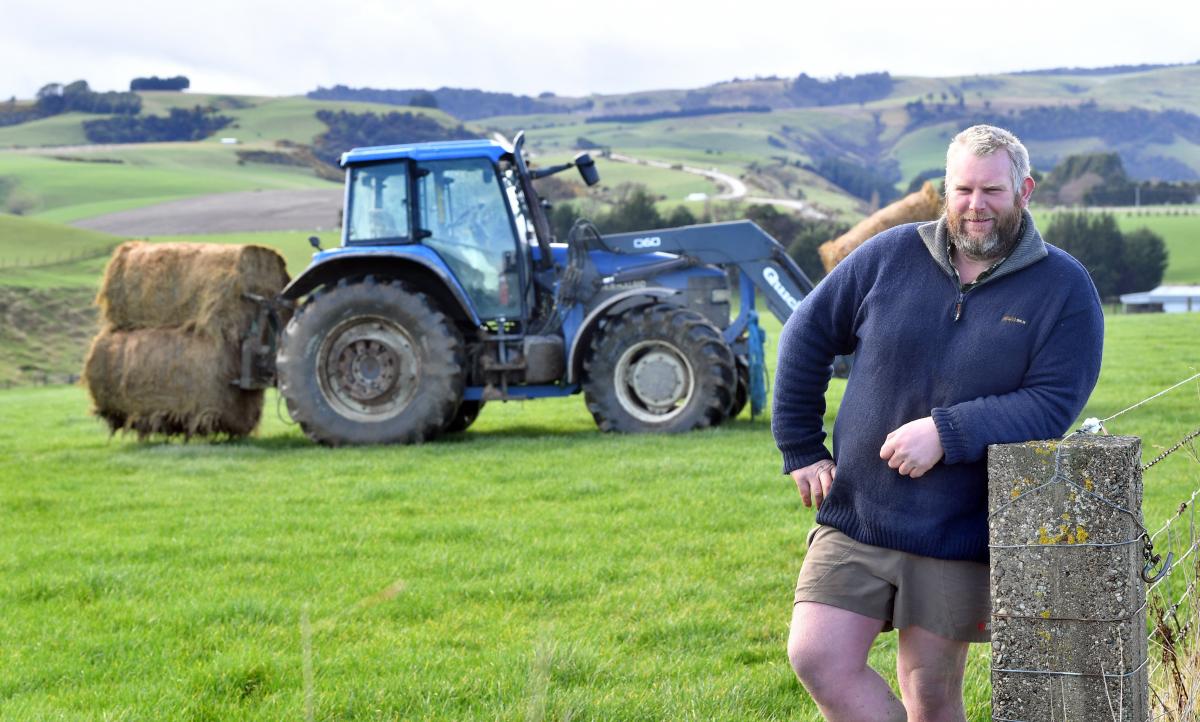The Master Builders Association’s 2025 State of the Sector survey said “cautious optimism” was returning to the construction sector.
It found 72% of homeowners reported no significant delays with their builds.
Most projects were also being completed either at or under budget, 37% of them running over mainly because of scope or design changes, unclear initial estimates or product price increases.
But conditions remained uneven, the southern region improving more quickly but Wellington and Auckland still facing headwinds.
Rising construction costs remained the No 1 constraint for the sector, consenting, access to finance and soft consumer demand also being of concern.
Master Builders Otago president David Grant said the lower South Island had been “sheltered” from the drop in both commercial and residential construction seen in the North Island.
“Things are certainly more competitive out there, but there seems to be enough work for everyone to go around.
“There hasn’t been the same sort of restructures or companies going into receivership than what there has been up north.”
This was the case in Southland, Central Otago and Dunedin particularly, Mr Grant said.
Some significant projects were under way in the city — including the new Dunedin hospital outpatient building, the four-storey ACC building and the Otago Regional Council’s new Maclaggan St headquarters, Aonui.
“That all props up the industry.
“We’ve been given the green light for the inpatients building now.
“All that, it just means that there’s pipeline work for the region.”
Mr Grant, who is also the managing director of Stewart Construction, said he had heard a lot of builders in centres such as Wellington were travelling at least an hour outside the city to find work.
A lot of companies had restructured or let staff go, while others were leaving New Zealand altogether to find work overseas — which had not been seen down south.
“Everyone’s actually maintained their staff and [are] certainly a lot more upbeat and positive down here.”
Dunedin did not experience the same highs or lows as other regions, and having those larger projects in the works had supported the industry over the past year or so.
Confidence in the market and consumer finance were still big challenges, but were heading in the right direction as interest rates dropped, Mr Grant said.
He believed the industry was close to or had hit the bottom of the economic cycle and a slow recovery was in store for next year.
Master Builders chief executive Ankit Sharma said there were signs the industry was entering into a new phase of the economic cycle — one that still carried risk, but also momentum.
The recovery was “patchy” and there were building companies across the country which were still finding it tough.
“However, there is a general sense that the building sector is shifting from surviving to delivering at a scale that secures the future, and the country’s growth trajectory.”
The survey also found 63% of builders expected the economy to improve in the next 12 months, while 62% expected their own businesses to be in better shape by the end of next year.
This sentiment was starting to be reflected in workloads, 64% of builders reporting strong or steady order books compared with 51% last year.
Those facing a “critical drop-off in work” fell from 15% to 11%.













